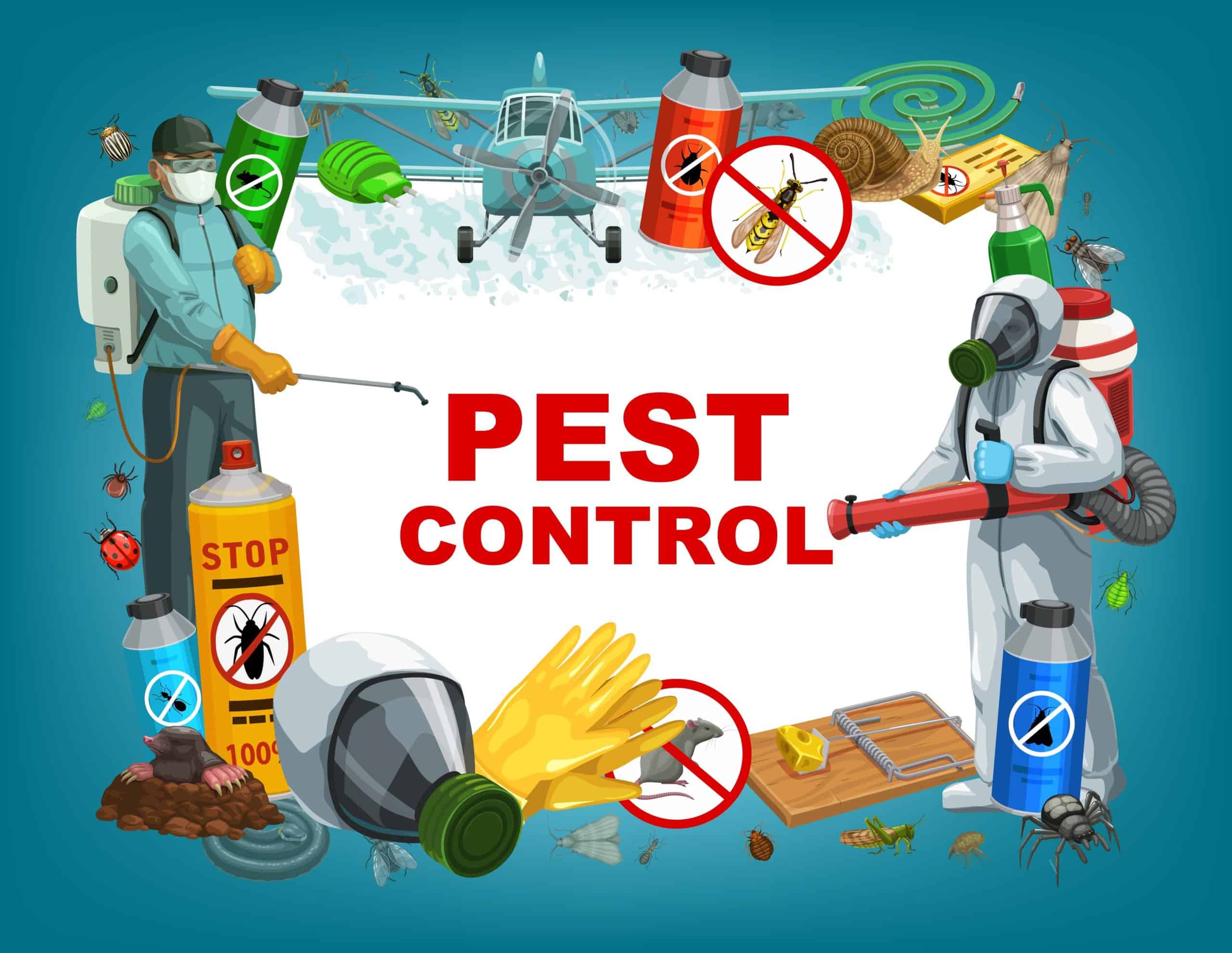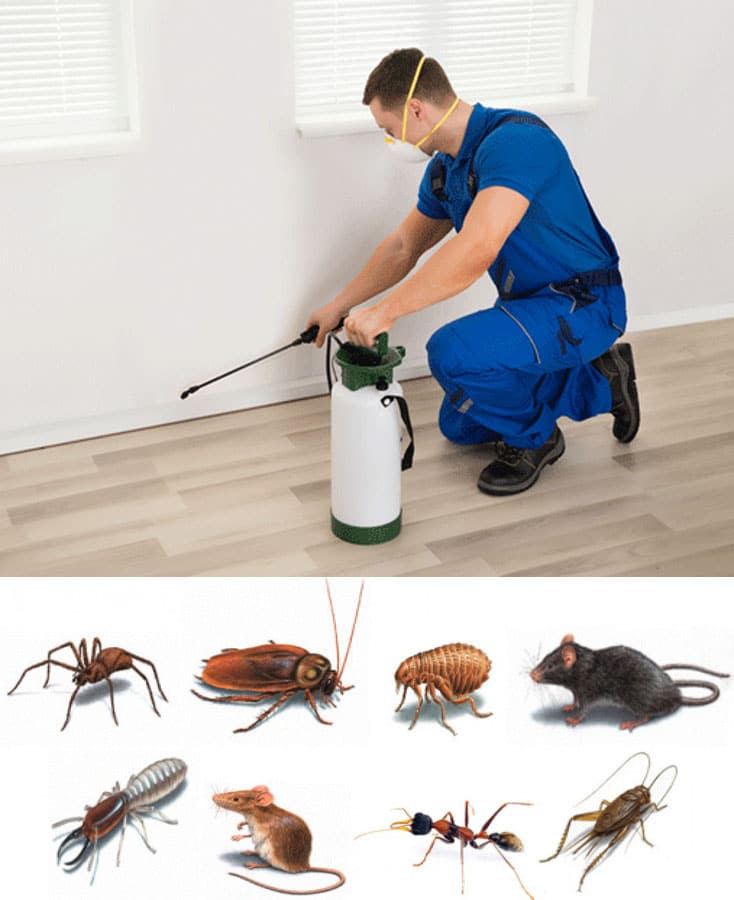Reliable A1 Bed Bug Treatment in Charlotte - Safe and Proven Methods
Reliable A1 Bed Bug Treatment in Charlotte - Safe and Proven Methods
Blog Article
Bed Pest Therapy Breakdown: Contrasting Chemical Vs. Non-Chemical Solutions
In the world of bug control, particularly when managing the relentless concern of bed insects, the option in between chemical and non-chemical therapy remedies can be a critical one. Both methods use unique benefits and drawbacks, influencing aspects such as performance, safety factors to consider, and general cost. By analyzing the nuanced information of each approach, a clearer understanding of which path to seek in attending to a bed insect infestation can be obtained.
Effectiveness of Chemical Therapies
Chemical treatments for bed bug invasions have been commonly identified for their quick and potent efficacy in getting rid of these insects. When thinking about the performance of chemical treatments, it is crucial to understand that they can offer a fast and comprehensive service to a bed insect trouble. Expert pest control operators frequently count on insecticides to target bed insects at numerous phases of their life cycle, consisting of eggs, fairies, and adults. These chemicals generally work by interfering with the bed bugs' nerve system, leading to paralysis and ultimate fatality.
Furthermore, chemical treatments have the benefit of supplying residual effects, indicating that they can proceed to remove bed insects also after the initial application. This residual activity is particularly valuable in combating any type of potential re-infestations. Additionally, the fast action of chemical therapies can bring relief to individuals facing serious bed pest invasions, enabling them to restore control of their living rooms swiftly.
Security Worry About Chemical Solutions
When utilizing chemical remedies for bed insect treatment is making sure the safety and security of occupants and the atmosphere,One vital aspect that needs mindful factor to consider. While chemical treatments can be efficient in eradicating bed pests, they might position dangers if not taken care of effectively. Among the key safety and security issues with chemical remedies is the potential damage they can trigger to human health and wellness. Direct exposure to specific chemicals used in bed insect treatments can lead to respiratory problems, skin inflammation, or other unfavorable responses, especially in individuals with pre-existing problems or level of sensitivities. Additionally, incorrect application or dosage of chemical pesticides can result in harmful residues lingering in the treated location, posing long-lasting health and wellness risks to owners.
Additionally, the environmental effect of chemical options is an additional substantial consideration. Some chemicals used in bed bug therapies might be hazardous to valuable bugs, wildlife, and ecosystems if they leach into the dirt or water supply. It is vital to make use of chemical therapies sensibly, complying with safety and security standards, and thinking about less hazardous choices to alleviate these risks and make certain the safe and effective monitoring of bed bug problems.
Advantages of Non-Chemical Approaches
Taking into consideration the possible safety and security issues and environmental effect related to chemical solutions for bed insect therapy, checking out non-chemical techniques provides an encouraging alternative with several distinctive advantages. Non-chemical methods supply a much safer choice for houses, especially those with people, kids, or animals conscious rough chemicals. These methods remove the threats of direct exposure to toxic substances, lowering the capacity for unfavorable wellness results. In addition, non-chemical therapies are eco-friendly, as they do not add to air or water contamination, making them a sustainable option for parasite control.
Additionally, non-chemical options can be efficient in targeting bed insects, including hard-to-reach areas where chemical treatments might not permeate. Approaches such as warm treatment, vacuuming, heavy steam cleansing, and cushion encasements offer detailed elimination without making use of harmful chemicals. Additionally, non-chemical approaches can be much less turbulent, needing minimal preparation and enabling for quicker reentry into treated areas. Generally, choosing non-chemical bed insect therapy approaches not only focuses on safety and environmental management yet likewise ensures comprehensive and efficient parasite control.
Limitations of Non-Chemical Treatments

In addition, non-chemical treatments frequently require multiple applications to attain effective removal. This can be time-consuming and might not constantly guarantee full elimination of all bed insects and their eggs, particularly in surprise or hard-to-reach locations.
Furthermore, the success of non-chemical therapies heavily counts on appropriate application and thoroughness, which can be challenging for people without professional competence. Insufficient application of non-chemical techniques might result in insufficient removal, causing persistent invasions and the requirement for additional treatments.
Therefore, while non-chemical treatments have their benefits, it is important to recognize these restrictions and consider them when identifying one of the most efficient strategy for managing bed bug infestations.
Expense Comparison: Chemical Vs. Non-Chemical Options
Provided the constraints related to non-chemical treatments, a crucial facet to examine in the context of bed insect management is the expense contrast in between chemical and non-chemical options. Chemical therapies generally entail the application of pesticides by experts, which can vary from $250 to $900 per room, depending upon the seriousness of the invasion and the size of the area to be treated. On the other hand, non-chemical treatments like heat treatment or vapor can be more pricey, with prices ranging from $1,000 to $6,000 for a whole home. While the preliminary price of chemical treatments may seem lower, several treatments might be called for to fully eradicate the infestation, potentially increasing the general expense. On the other hand, non-chemical choices may offer an extra eco-friendly and sustainable option, although they can be cost-prohibitive for some people. Inevitably, when thinking about the price of bed pest therapy options, it is vital to weigh the ahead of time costs against the performance and lasting sustainability of the chosen approach.
Final Thought

Considering the prospective A1 pest control services charlotte safety worries and environmental impact connected with chemical solutions for bed pest treatment, discovering non-chemical strategies provides a promising choice with numerous distinctive benefits.Given the restrictions associated with non-chemical therapies, an important element to review in the context of bed insect management is the price contrast in between chemical and non-chemical choices. In contrast, non-chemical therapies like warm therapy or heavy steam can be much more costly, with expenses ranging from $1,000 to $6,000 for an entire home. While the initial cost of chemical treatments might seem lower, several therapies might be called for to totally get rid of the invasion, potentially increasing the total cost.In final thought, when comparing chemical and non-chemical bed pest therapy alternatives, it is necessary to take into consideration efficiency, safety and security, advantages, constraints, and expense.
Report this page